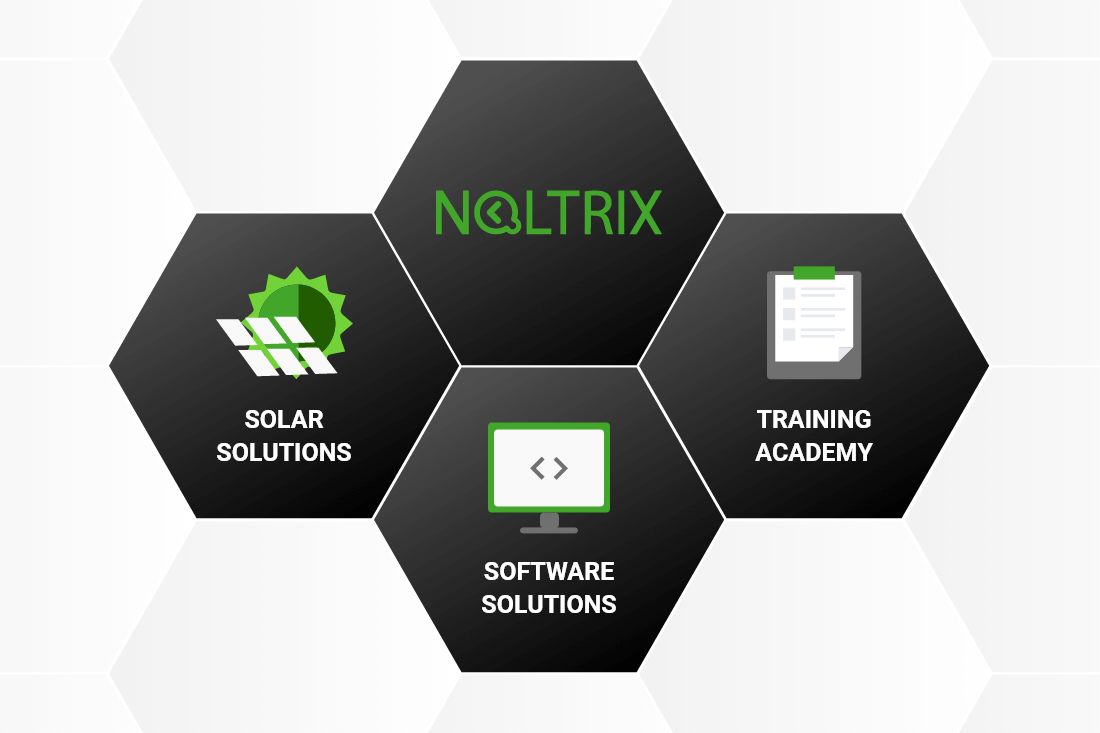Solar panel installation has become increasingly prevalent as individuals and businesses alike seek sustainable energy solutions that not only reduce costs but also contribute to a cleaner environment. The process of installing solar panels involves harnessing the abundant energy provided by the sun and converting it into electricity through photovoltaic cells. This comprehensive guide delves into the intricacies of solar panel installation, exploring its benefits, considerations, and the steps involved in transitioning to solar power.
One of the primary advantages of solar panel installation lies in its potential to significantly reduce electricity bills over the long term. By generating electricity from sunlight, solar panels can offset or even eliminate the need to purchase electricity from the grid, resulting in substantial savings on energy costs. Additionally, many governments and utilities offer financial incentives, such as tax credits and rebates, to encourage the adoption of solar energy, further enhancing its affordability and appeal.

Beyond financial savings, solar panel installation offers numerous environmental benefits. Unlike traditional energy sources like coal and natural gas, solar energy produces no greenhouse gas emissions during operation, making it a clean and sustainable alternative. By transitioning to solar power, individuals and businesses can reduce their carbon footprint and contribute to efforts to combat climate change, thus fostering a healthier and more sustainable planet for future generations.
When considering solar panel installation, it’s essential to assess the suitability of your property for solar energy generation. Factors such as roof orientation, shading, and available space can impact the efficiency and output of your solar panels. Consulting with a qualified solar installer can help you evaluate these factors and determine the optimal location and configuration for your PV Solar Green Card panel system, ensuring maximum energy production and return on investment.
The process of solar panel installation typically begins with a thorough assessment of your property by a solar professional. During this phase, the installer will evaluate your roof or available land, assess its suitability for solar panels, and discuss your energy needs and goals. Based on this information, the installer will then design a customized solar panel system tailored to meet your specific requirements and maximize energy production.
Once the design is finalized, the installation process can commence. This typically involves mounting the solar panels on your roof or ground and connecting them to your electrical system. Depending on the size and complexity of the installation, this process may take anywhere from a few days to a couple of weeks to complete. Throughout the installation process, it’s essential to work with a reputable and experienced solar installer to ensure that the system is installed correctly and operates efficiently.
Following installation, your solar panel system will require minimal maintenance to keep it operating optimally. Regular cleaning of the panels to remove dirt and debris, as well as periodic inspections by a qualified technician, can help prolong the lifespan of your solar panels and maximize their energy output. Additionally, most solar panel systems come with warranties covering equipment and performance, providing added peace of mind and protection against unexpected issues.
In conclusion, solar panel installation offers a multitude of benefits, including financial savings, environmental sustainability, and energy independence. By harnessing the power of the sun, individuals and businesses can reduce their reliance on fossil fuels, lower their electricity bills, and contribute to a cleaner, greener future. With careful planning, professional installation, and routine maintenance, solar panel installation represents a wise investment in a brighter, more sustainable tomorrow.
.
.
.
.
Related Posts
My personal Casino slot – The particular Conclusive Guide In order to Creating Your own personal My Online Slot!
Opening new doors and options in the online online casino…
Defending Your current Right To help Independence Together with Professional Legal Attorneys
Felony lawyers are particular legal professionals who can protect you…
Путешествия без Границ: За Рулем Такси в Городах
Работа таксистом - это профессия, которая требует не только умения…
Doing Revenue By way of On the net Gambling houses
Online casinos aren't just popular for offering great gambling and…
Certain Criteria to Make in On line Casinos Advantage Phrases
Numerous main-stream gambling firms assembled on the sidelines since the…

